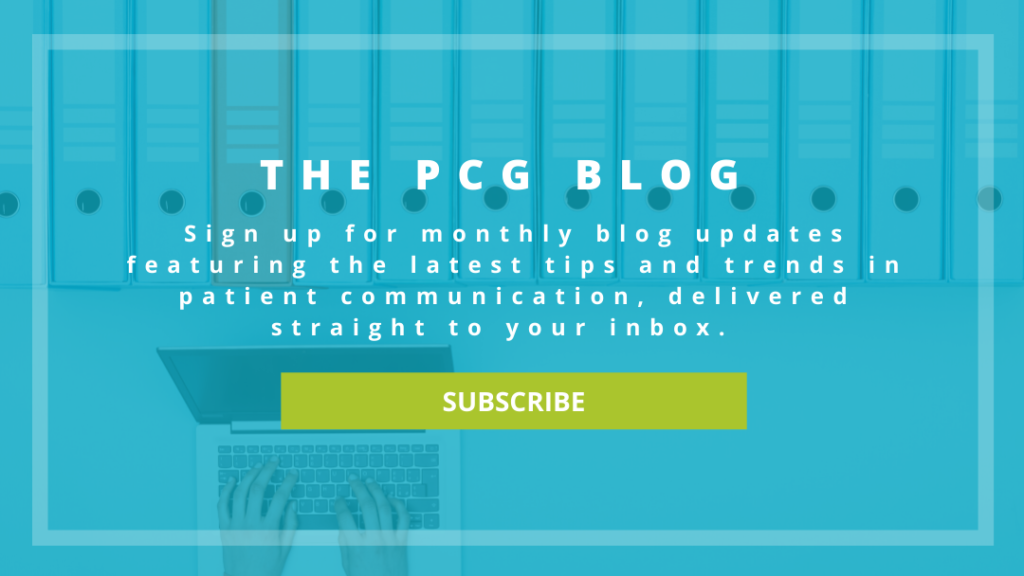COVID-19 has been the catalyst for an industry-wide embrace of telehealth. Many organizations have been forced to adopt telemedicine tools to continue serving their patients. During the first week of March 2020, telehealth visits made up only .1% of healthcare visits but by the end of the month, that percentage had increased by 200%! According to a report by Arizton, the U.S. telehealth market is expected to reach around $10 billion, a 80% year-over-year increase. Additionally, a recent survey conducted by Piper Sandler found that 54% of patient appointments will take place via telemedicine in the near future, which is 5 times the pre-pandemic rate.
Becker’s Hospital Review predicts that telehealth will continue to play a significant role in the new normal of healthcare delivery. This evolution is driven by a combination of factors, including more favorable reimbursement updates from CMS and private payers, cost and efficiency gains, investments in the telehealth market due to the pandemic, and the fact that patients are now more likely to embrace telehealth after the pandemic.
The question is, which digital tools will become a lasting part of post-pandemic practice workflow? As practices begin reopening, the answer for most of our clients is a hybrid (in-person and digital) patient service approach. They are using this time to optimize their implementation of digital tools and learn which drive the most value for their practice and then incorporating their knowledge into re-opening protocols.
After a rocky start (mass appointment cancellations and no-shows) at the immediate outset of COVID-19, many of our clients say their patients now find virtual visits more convenient than in-office visits. These facilities found that implementing a digital patient communication workflow around their telemedicine services is what made the difference between confused patients and patients who are receptive and prepared for the transition.
Even patient populations such as the elderly, who have historically been resistant to telehealth or digital communication, are beginning to embrace telehealth trends. A 2019 survey conducted by AARP noted that 91 percent of those ages 50 and up are using a computer, and a 94 percent say that technology helps them keep in touch with friends and family.
Within our own systems, we’re seeing a significant increase in patient survey responses, online patient form completions, and digital patient portal logins across the board of specialties. We’re also seeing a significant uptick in requests for email communication and text alerts, supporting the findings of the telemedicine studies
Some of the most popular tools our clients are adopting in order to support digital care delivery include:
- Online payment processing
- Secure patient-practice messaging
- Online visit registration and instructions
- Regular patient e-blasts to communicate changes in protocols
- Electronic patient portal or digital front door for scheduling and appointment follow up
Takeaway:
As more consumers order food, catch a ride, and watch movies through our digital devices; more consumers will have the tools to obtain healthcare digitally as well.
In the coming months, we anticipate the transition back to “normal” to look a lot more like a hybrid between the old normal and the new normal. Reopening regulations for non-emergent, non-COVID care will vary state-to-state and community-to-community so your digital toolbox needs to be flexible and expand to your needs. To compete in the healthcare market of tomorrow and meet patient care demands, we encourage all healthcare practices to continue investing in telehealth and digital communication tools. Implementing these tools now will also help prepare you for future situations. Just as physicians created a hybrid in the 1930s between house calls and facility visits, so too can we improve upon the present circumstances; telehealth is here to stay!

